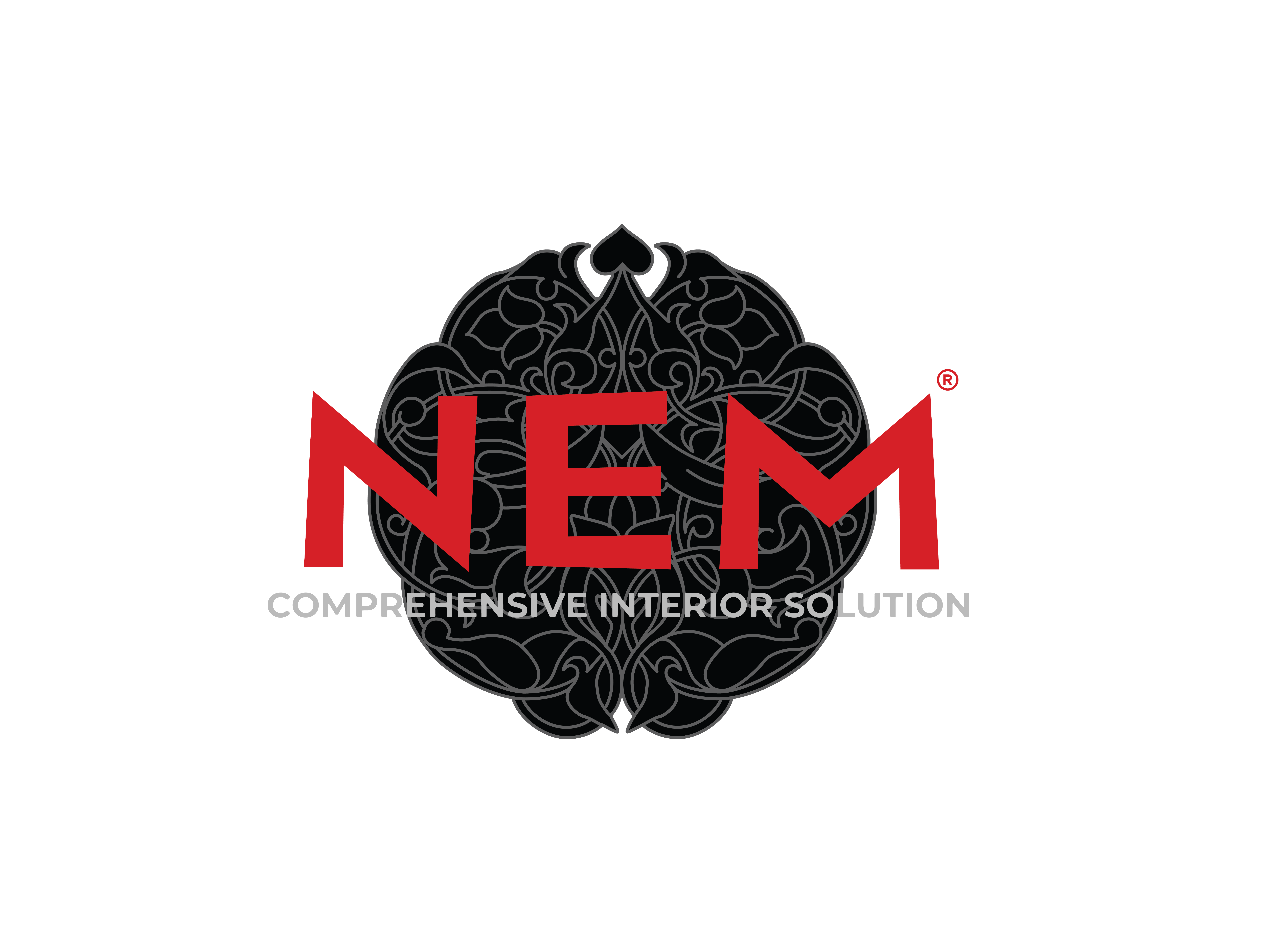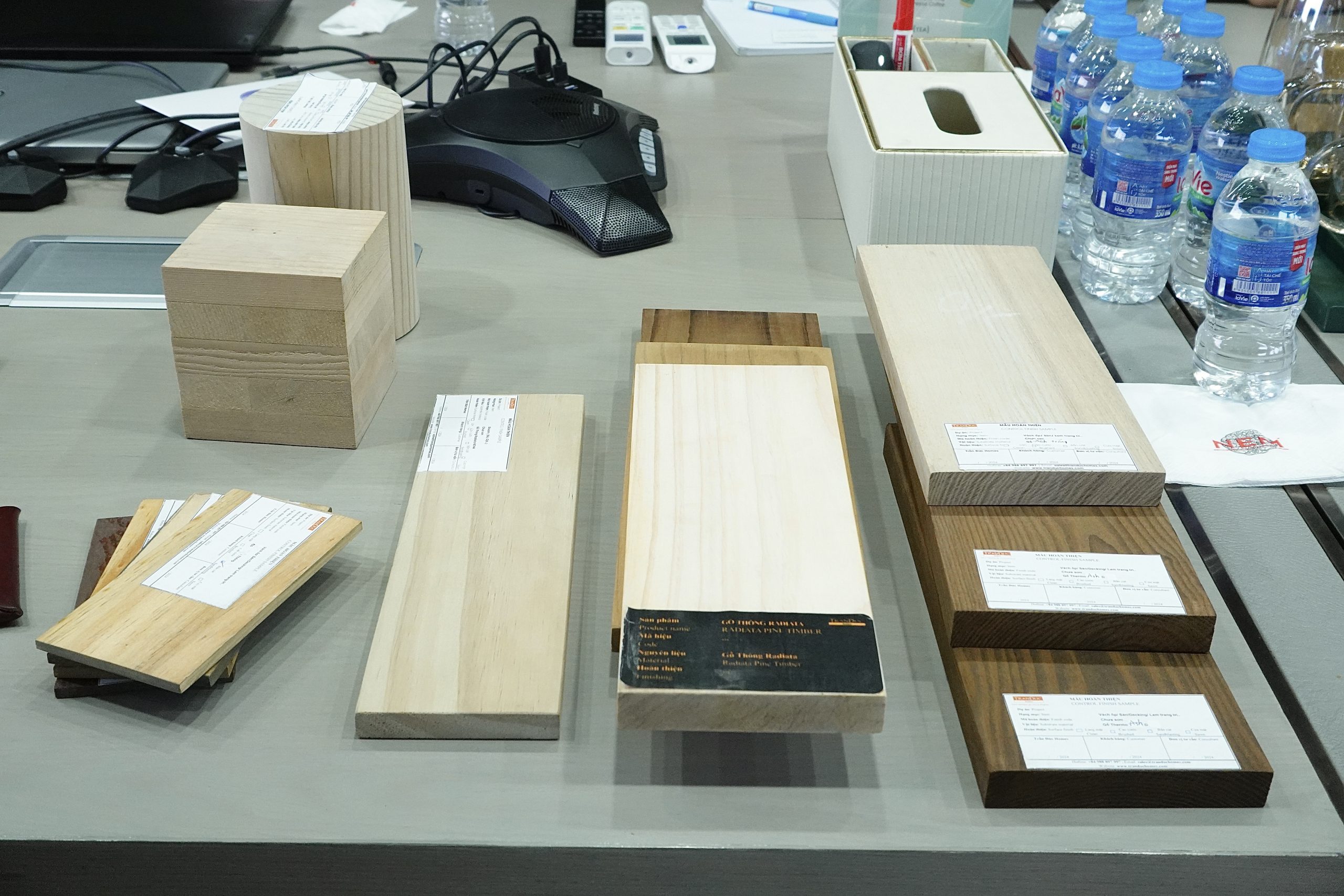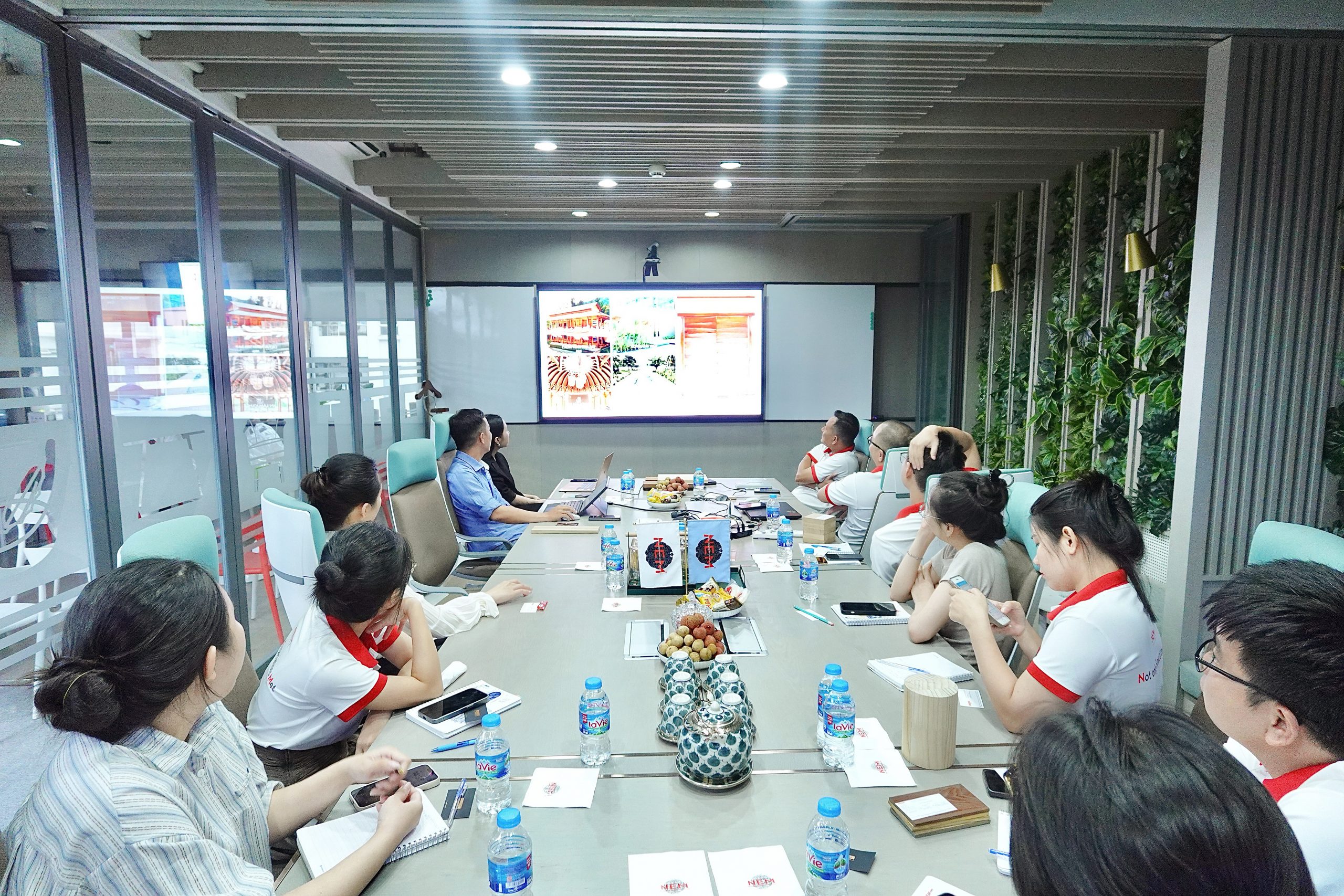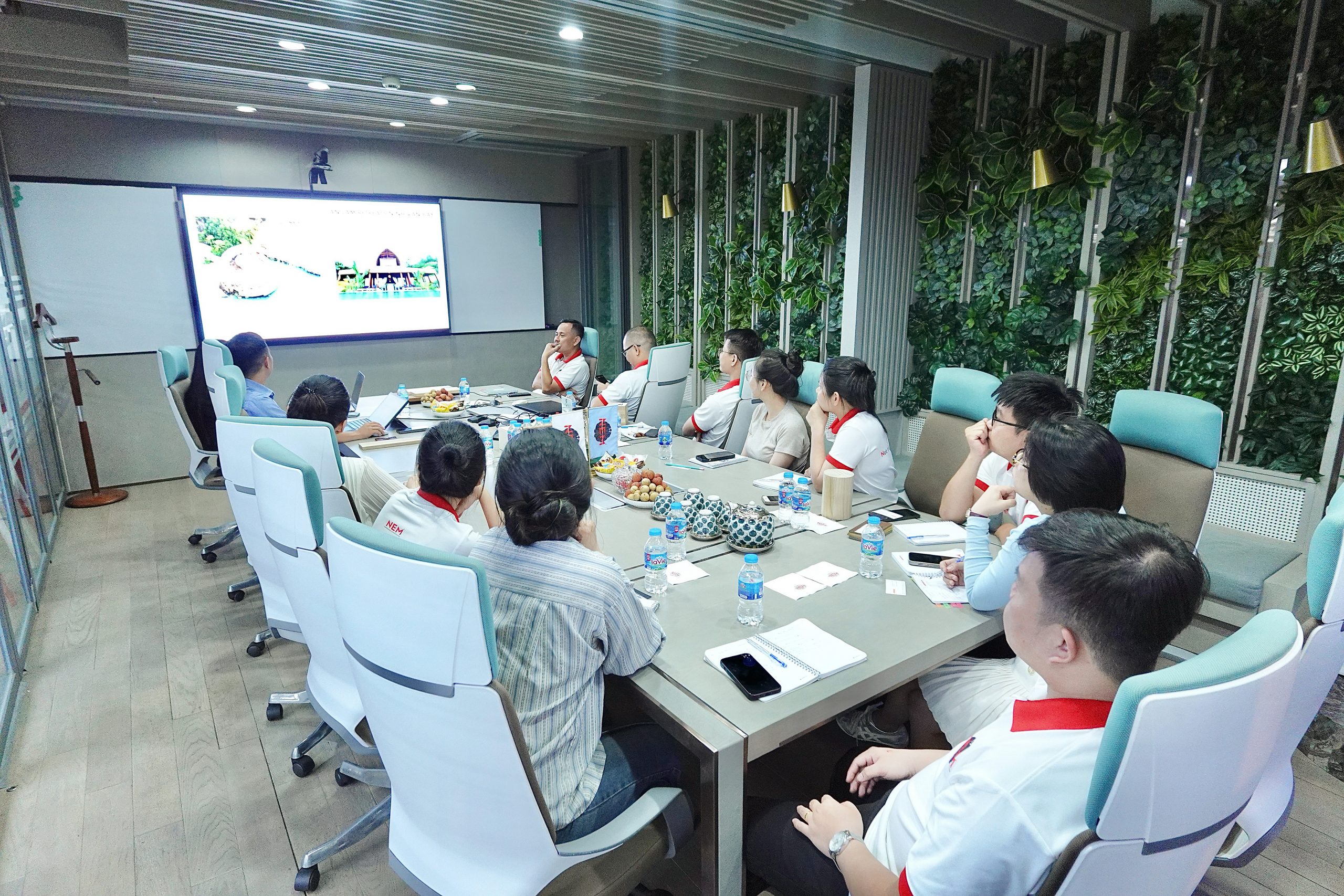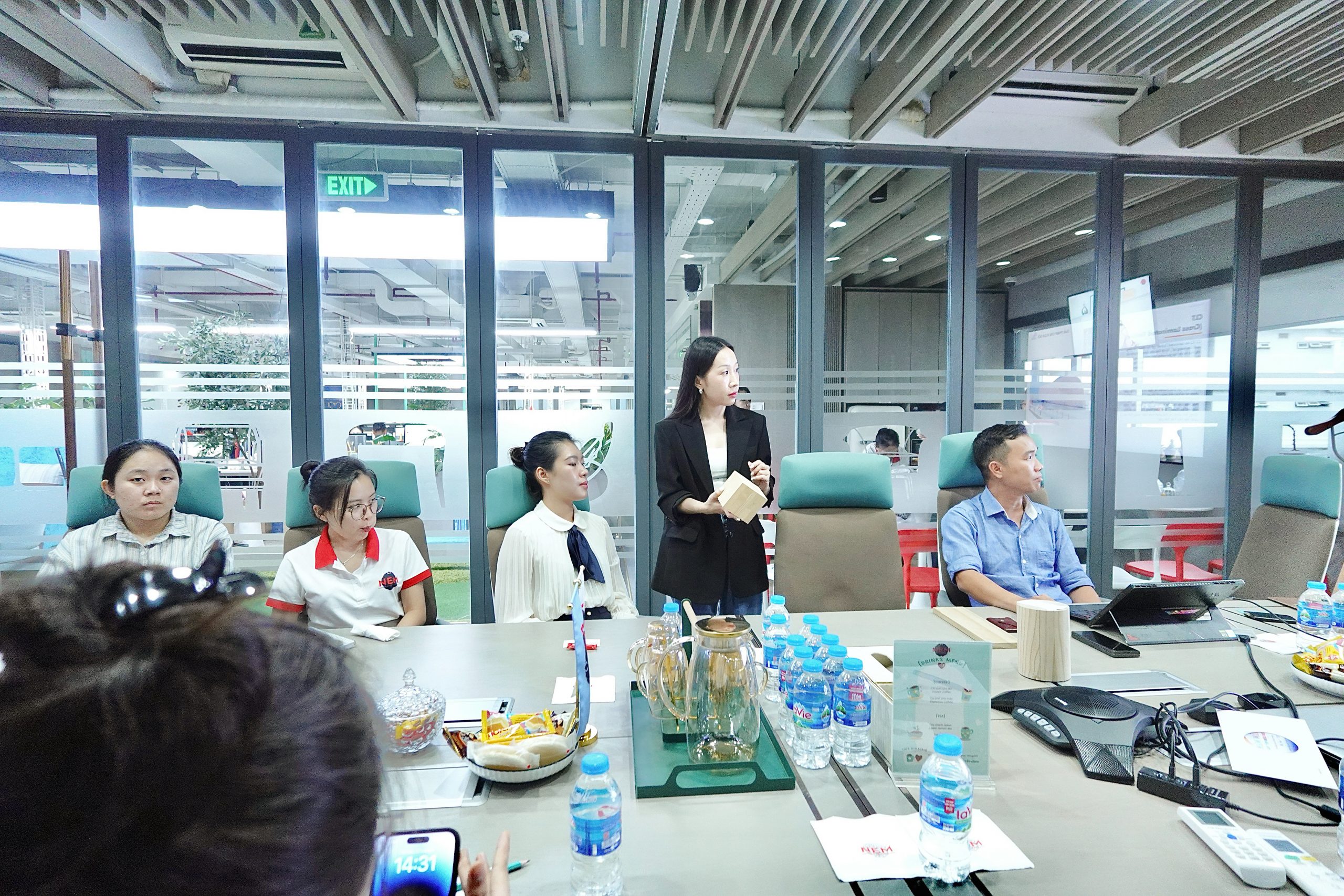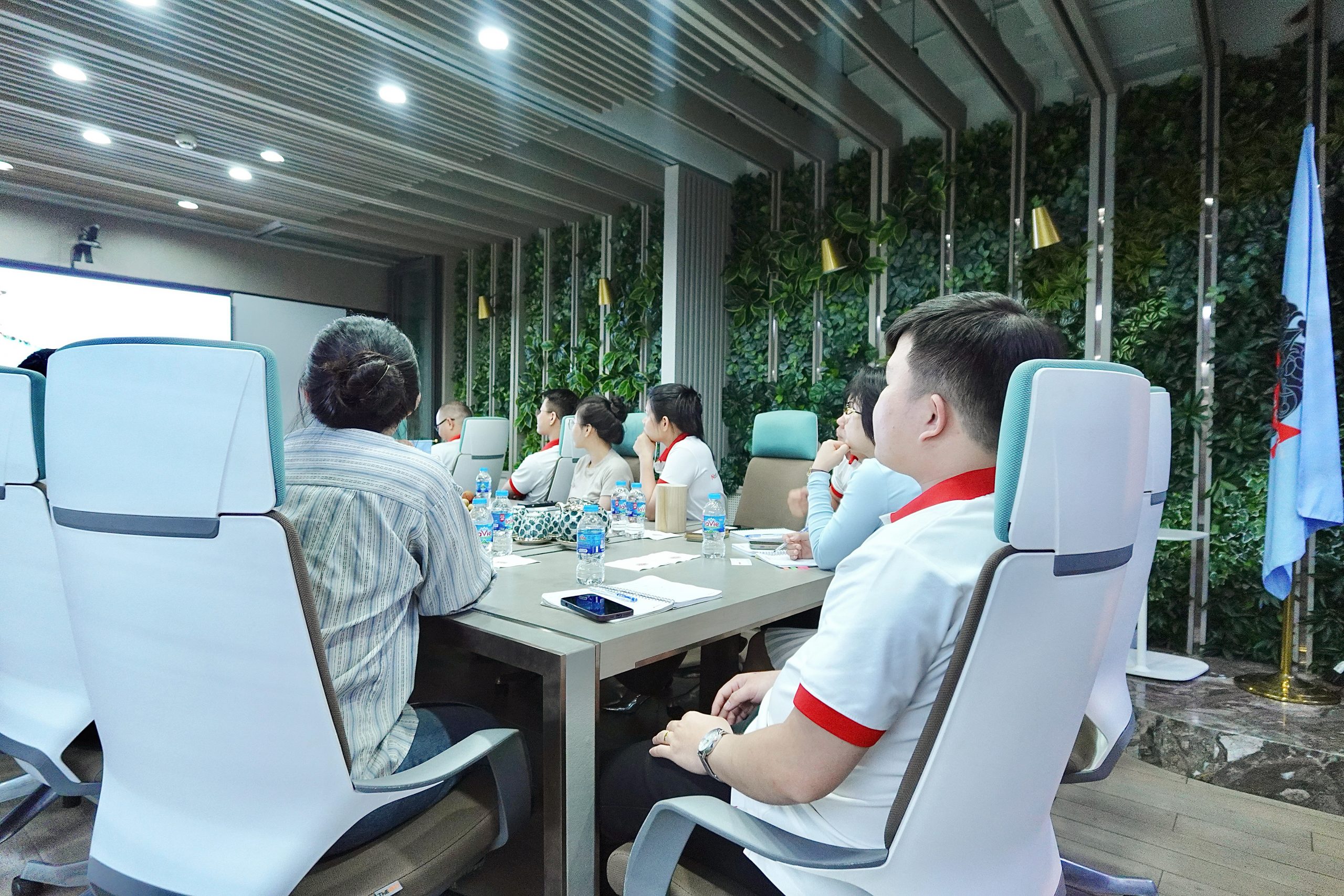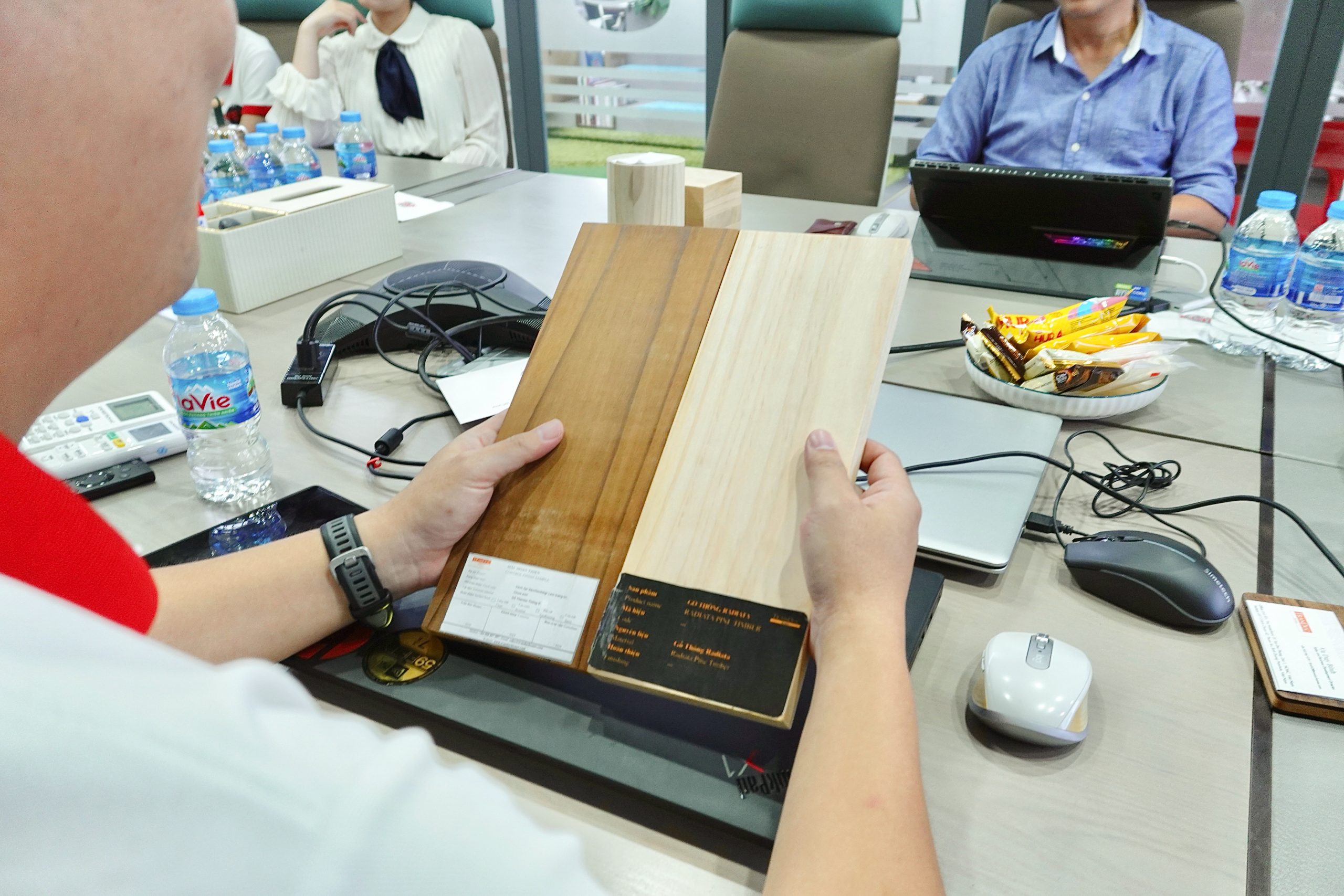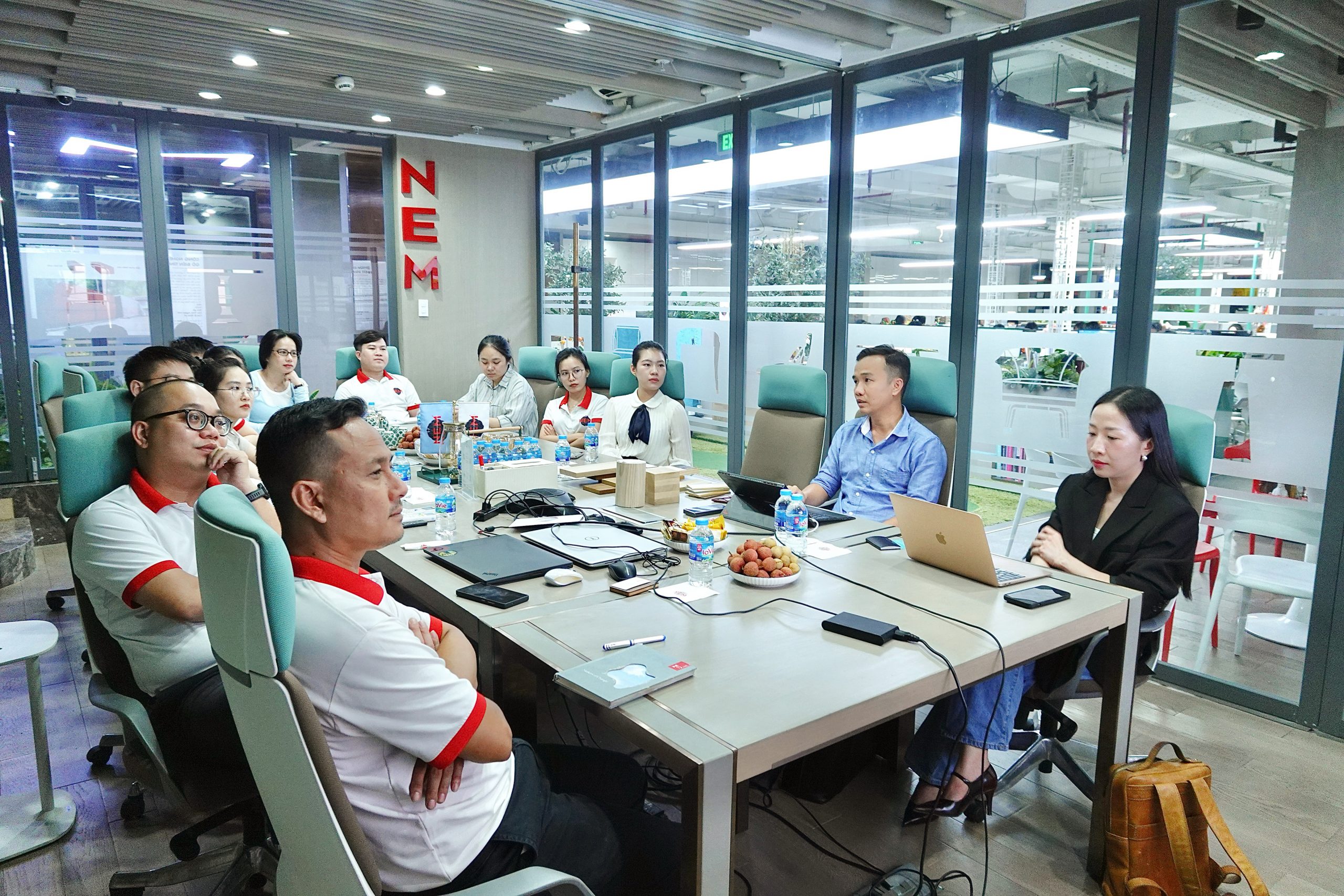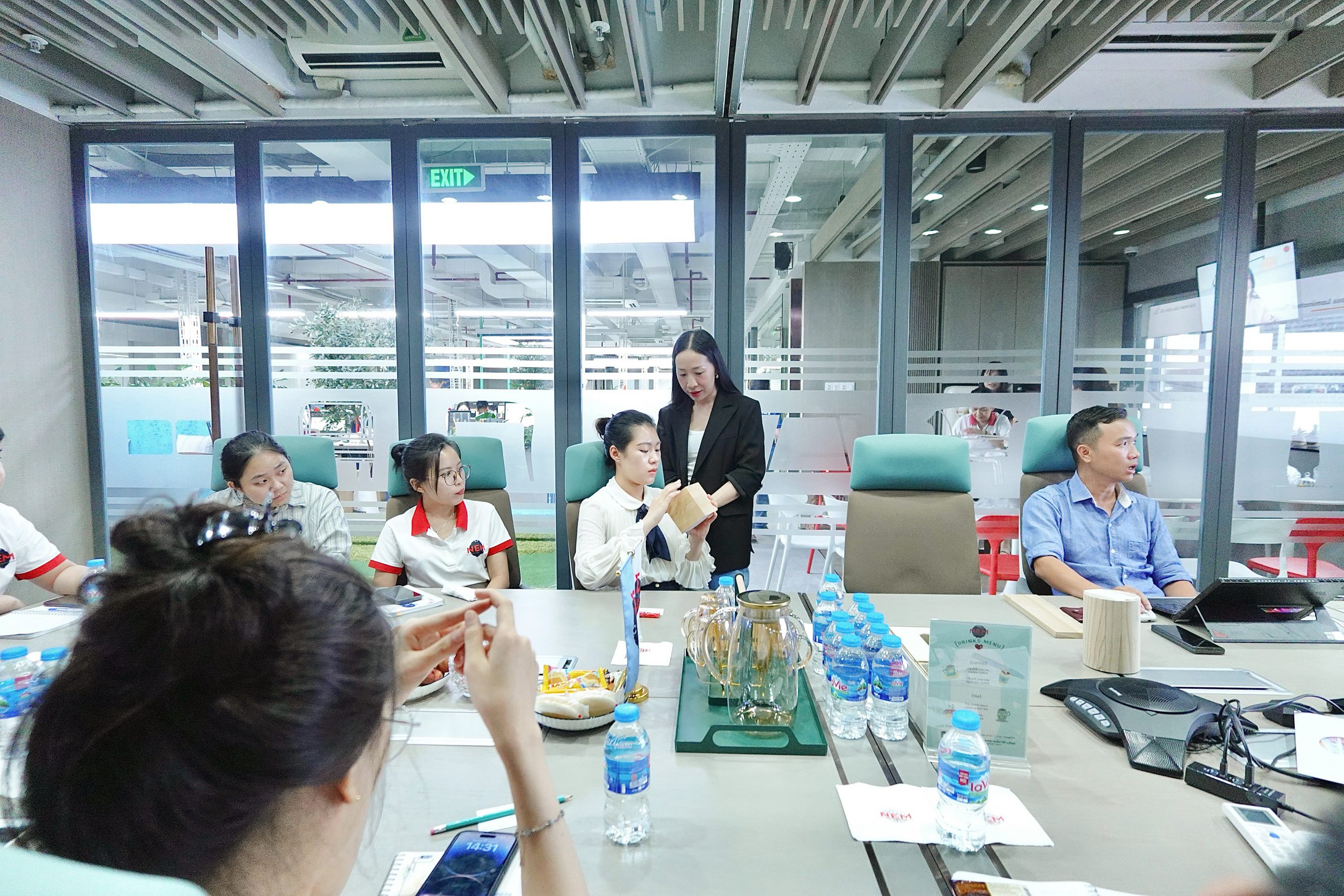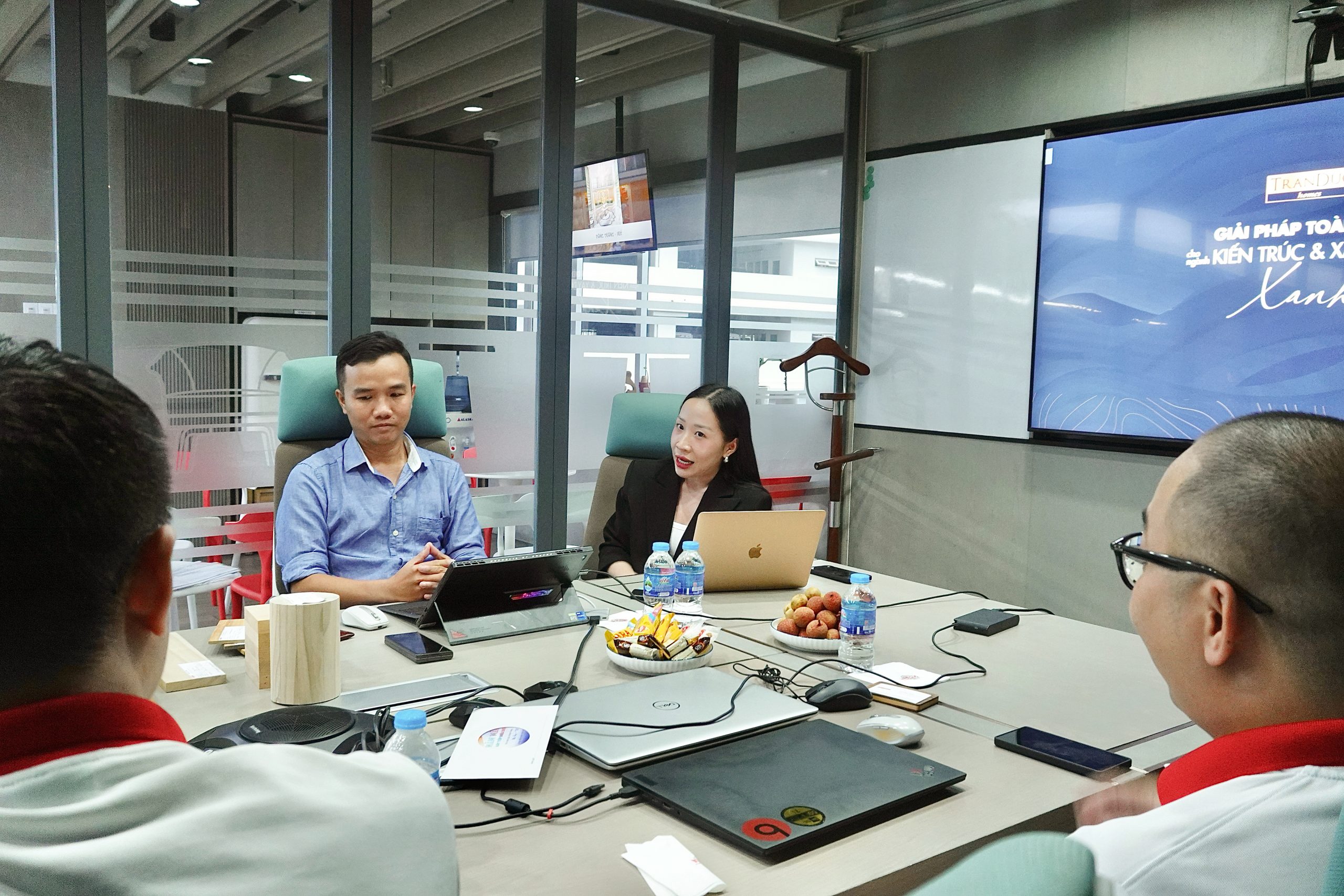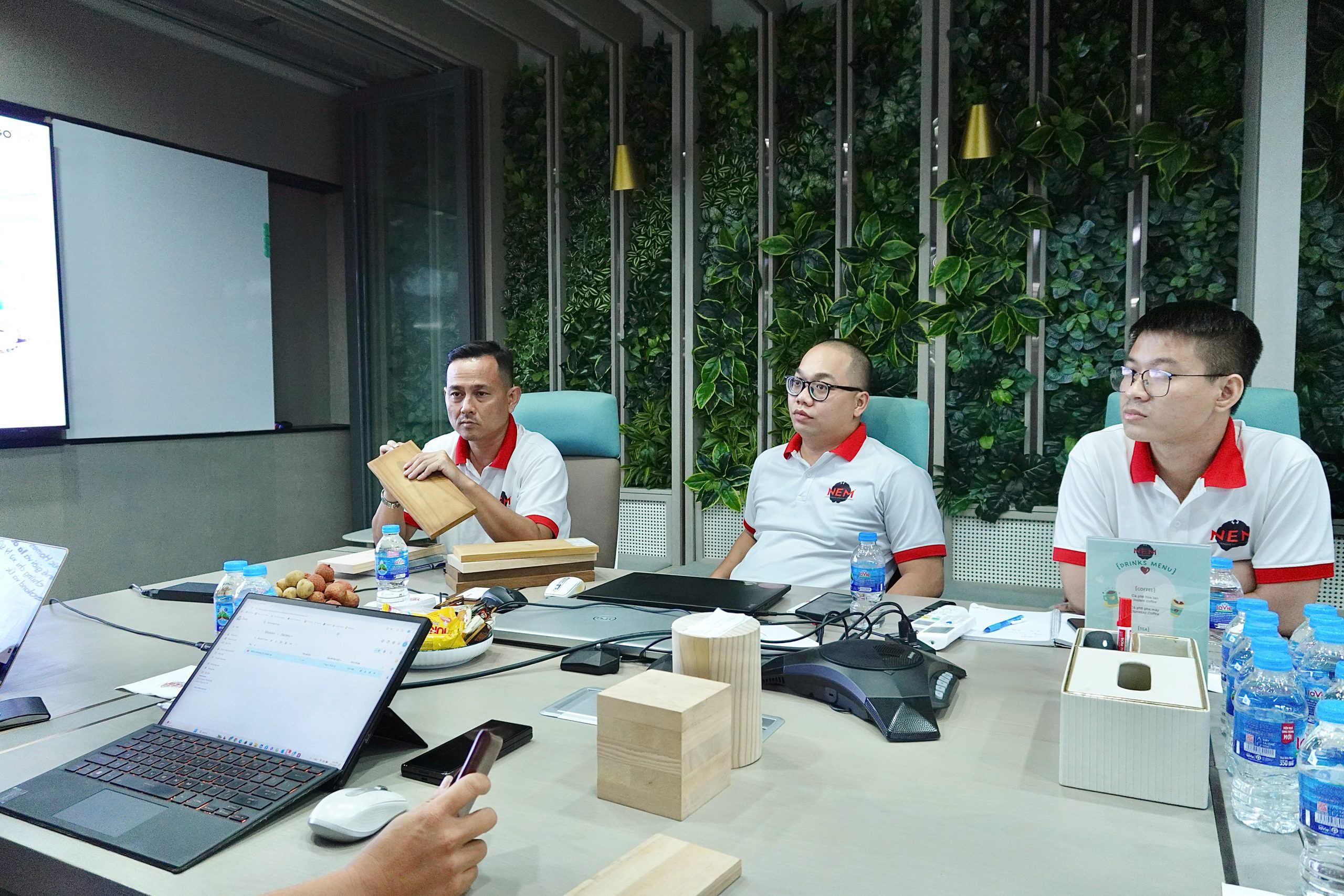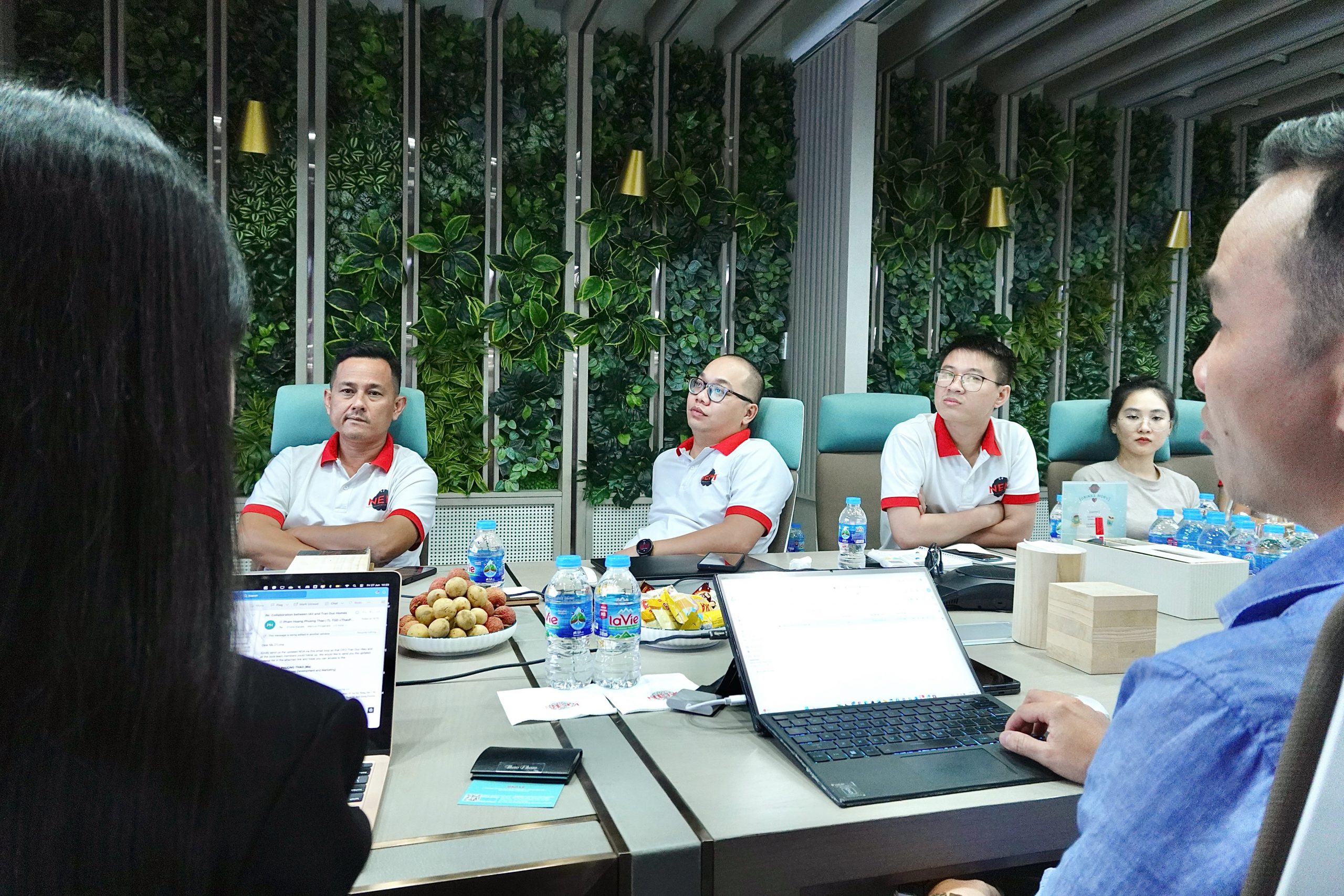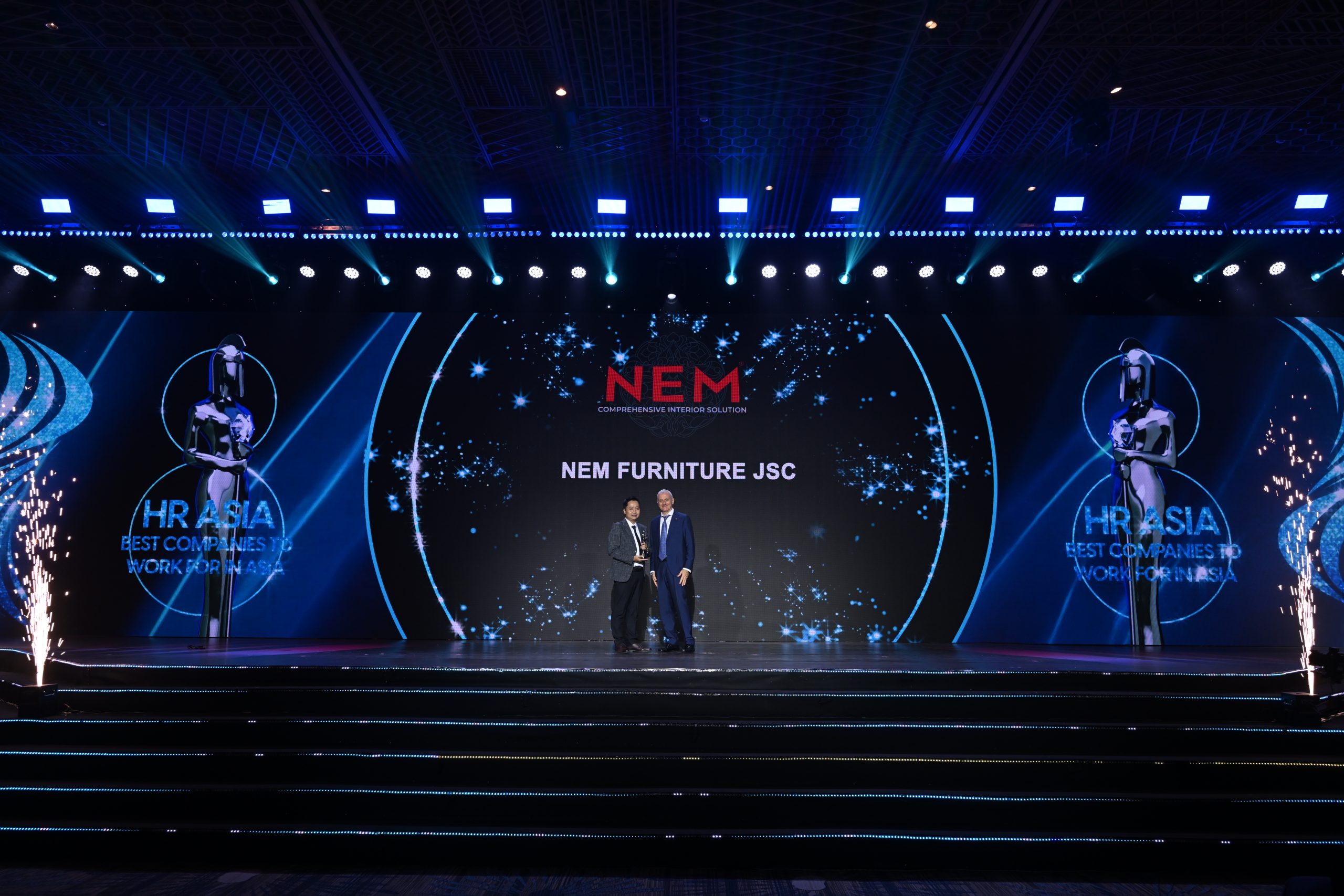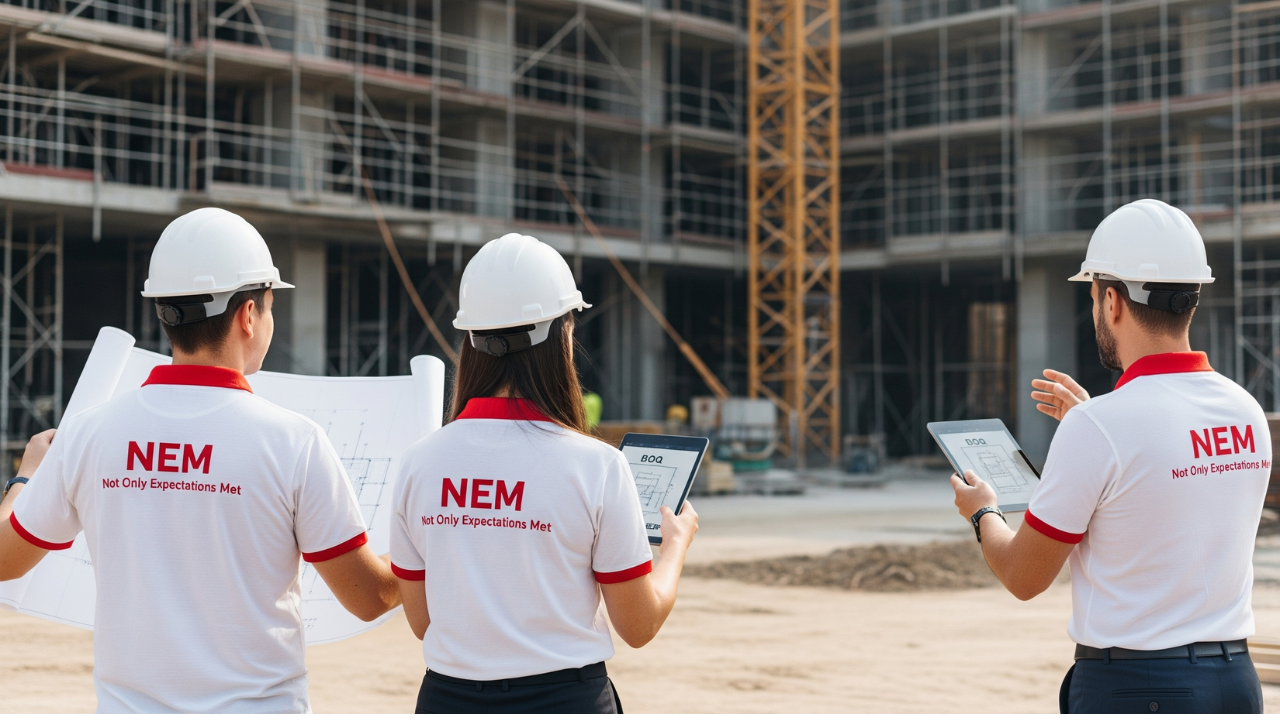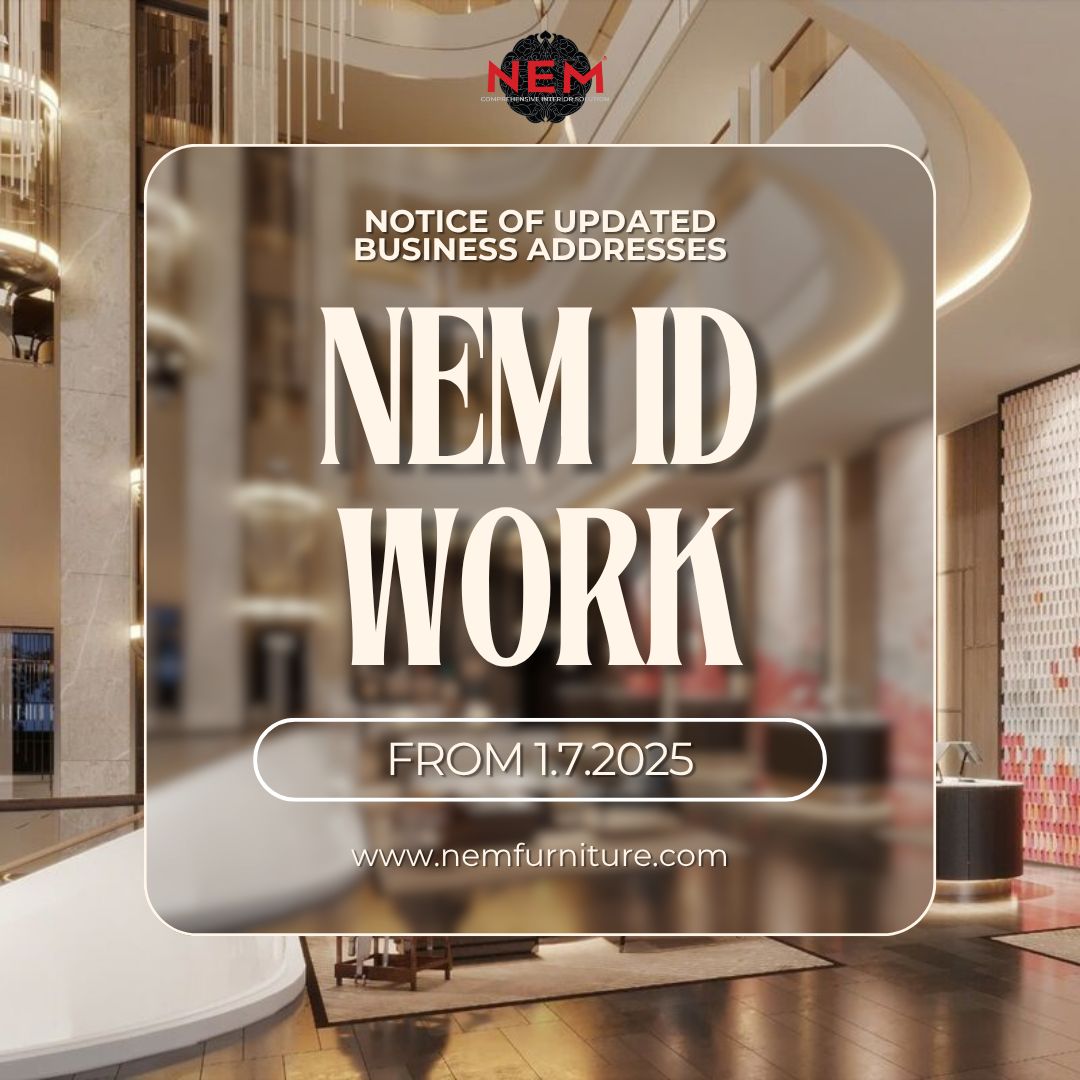Amid the sweeping transformation of the global construction and interior industry, Net Zero Interiors is no longer a trendy option — it is becoming a mandatory development goal. More than just a technical or technological challenge, Net Zero requires a fundamental shift: from design thinking and material selection to how businesses operate and collaborate across the entire value chain.
With that spirit, NEM was honored to host the thematic sharing session “Decoding Net Zero Interiors” in collaboration with Trần Đức Corporation – a gathering of industry practitioners who share a common concern and a collective search for a greener path in Vietnam’s interior construction and production sector. Here, Net Zero is no longer a theoretical concept, but one reflected through real-world experiences – where businesses openly share their own transition journeys, not only to grow individually, but to help build a more responsible foundation for the future of Vietnam’s construction industry.
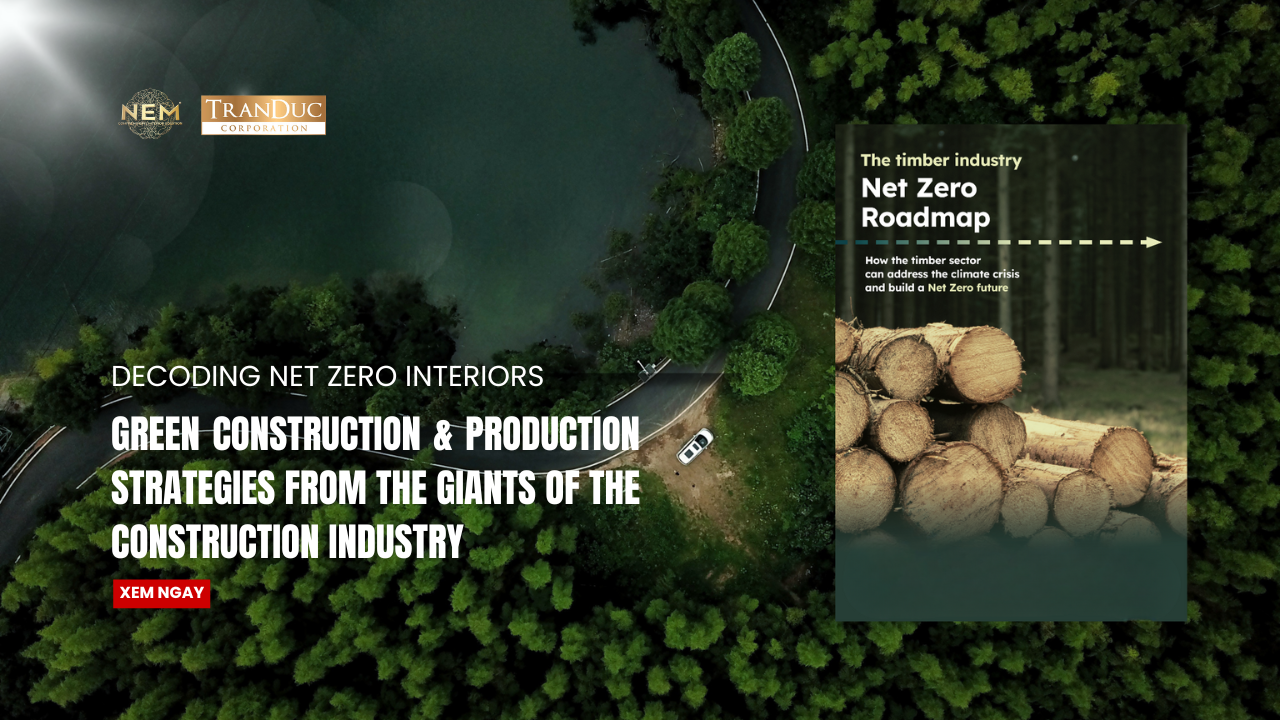
WHAT IS NET ZERO – AND WHY DOES IT MATTER?
Net Zero refers to the state in which the total amount of greenhouse gases (especially CO₂) emitted into the atmosphere is balanced by the amount removed from it.
In other words, emissions still occur, but they are entirely offset through solutions such as energy efficiency, the use of renewable energy, low-carbon materials, carbon capture technologies, or carbon offsetting methods like reforestation.
In the fields of design, construction, and manufacturing, Net Zero Interiors is not just about “building green” or “using eco-friendly materials” — it is a comprehensive strategy that includes:
- Smart design: Optimize energy use by maximizing natural light and ventilation.
- Material selection: Prioritize FSC-certified wood, recycled materials, or those with a low carbon footprint.
- Green manufacturing & operations: Reduce energy consumption in factories; manage waste and emissions responsibly.
- Efficient construction: Minimize on-site waste and control energy usage throughout the building process.
When Net Zero is implemented seriously, it not only benefits the environment but also helps businesses optimize operational costs, enhance competitiveness, and improve access to international projects.

Why Should the Interior and Construction Industry Care About Net Zero?
In the past, being “green” was merely a branding advantage. Today, however, Net Zero is becoming a mandatory standard in the construction and interior manufacturing industry — especially in high-end, international projects or public buildings where strict emission regulations are enforced..
The reason is clear: interior works account for a significant portion of a building’s carbon lifecycle — from raw materials and manufacturing to on-site installation and long-term operation. Every step in the value chain contributes to the overall carbon footprint, and if not properly managed, interiors can become a major “loophole” in the project’s green development strategy.
Decoding Net Zero Interiors: From Awareness to Action
With the aim of turning the concept of Net Zero from theory into practical action, the thematic session “Decoding Net Zero Interiors”, held at NEM’s headquarters and led by Trần Đức Corp, offered deep insights and timely updates on eco-friendly wood materials that help reduce carbon emissions. These materials meet international standards such as FSC, EPD, and LEED, making them highly suitable for high-end and sustainable projects.
From advanced engineered wood products with near-zero formaldehyde emissions to technical wood lines with full traceability, the solutions introduced went beyond technical specifications — they opened up a long-term direction for interior businesses: to pursue green transformation while still ensuring aesthetic quality, production efficiency, and cost-effectiveness.


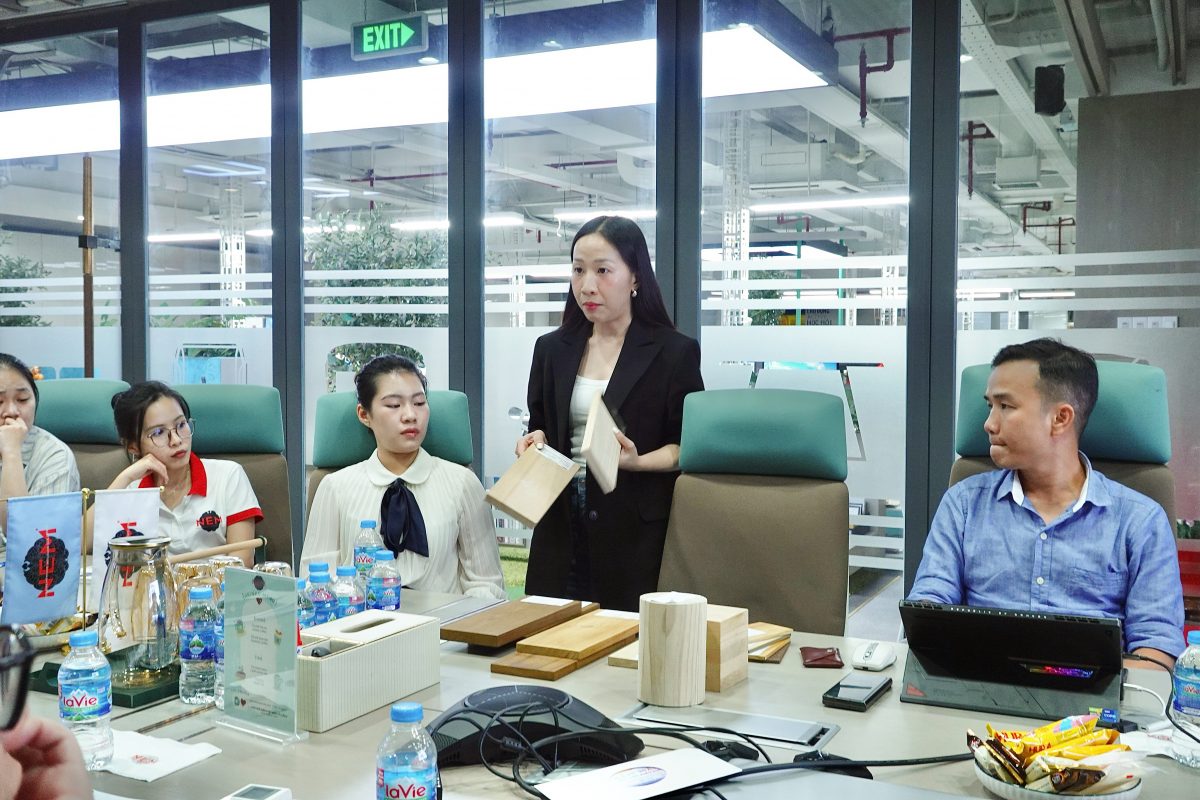
A Partnership Beyond Business
NEM and Trần Đức Corp have had the opportunity to collaborate on various projects in the construction and interior sectors. Over time, this working relationship has evolved into a sustainable partnership grounded in mutual trust, professional respect, and a shared vision for long-term, responsible growth. This thematic session was not a one-way presentation, but rather a professional space for open dialogue—where both parties could engage in in-depth conversations, share real-world implementation experiences, raise questions, and collectively seek answers to a challenge shared by many: How can we scale the “Net Zero interior” effect in a way that is impactful, practical, and streamlined?



